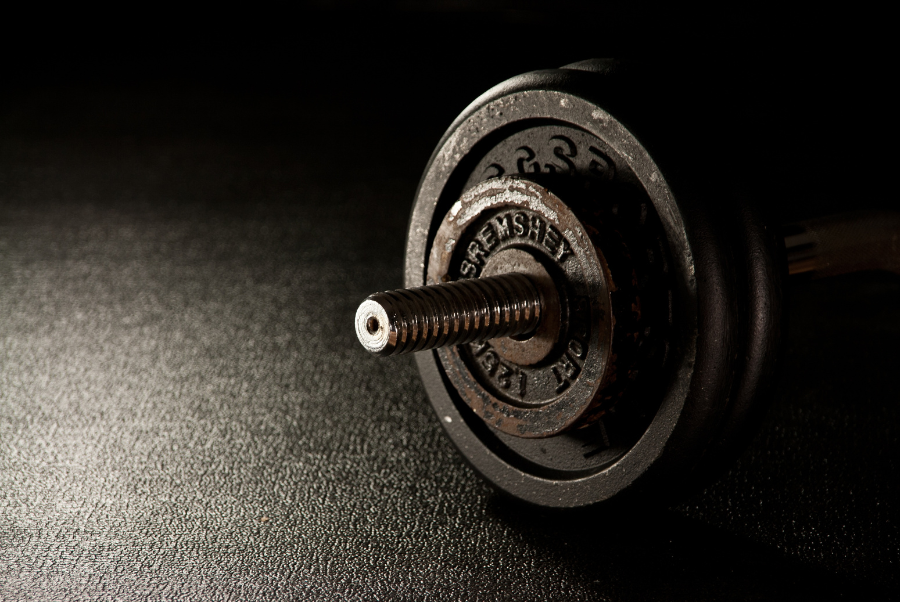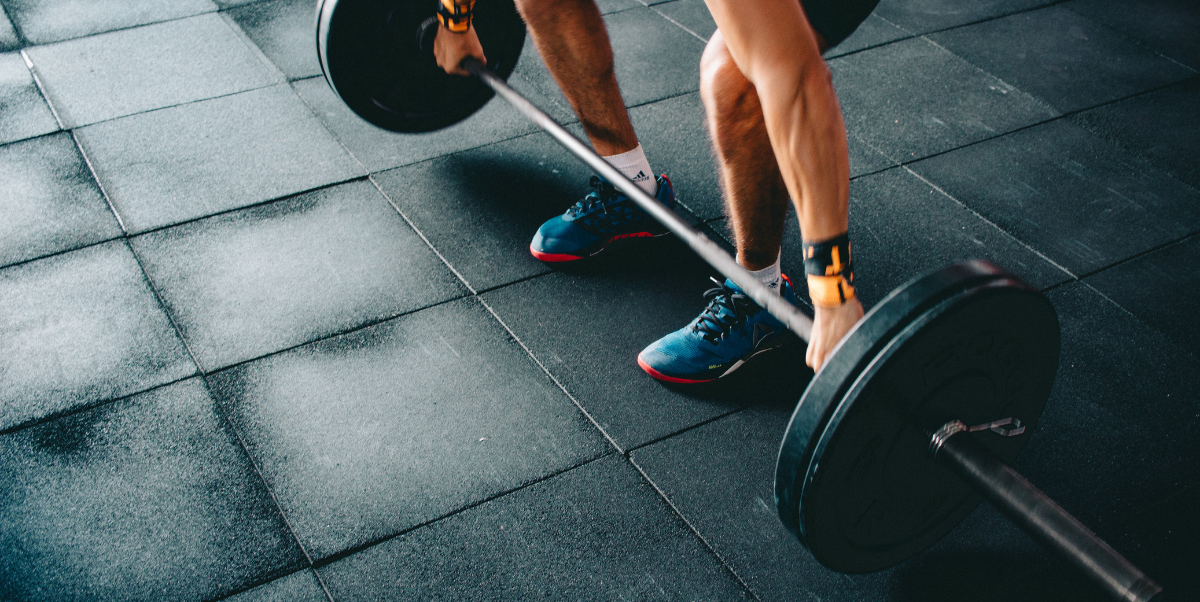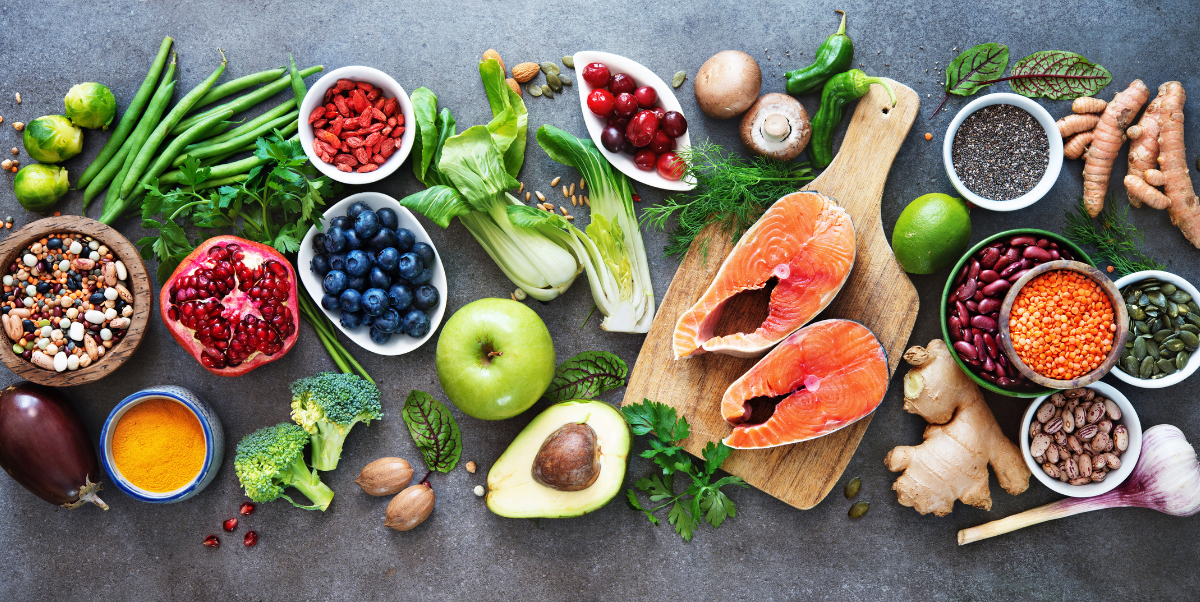If you've spent any time in the gym, you've probably heard the age-old debate: is it better to lift heavy weight for lower reps, or lighter weight for higher reps? The question has been circulating the fitness world since the beginning of weightlifting, so let's break it down:
Strength vs. Hypertrophy
Heavier sets in the 4–6 rep range are best for building maximal strength and power, while sets in the 10–12 (or even 15+) rep range are generally better for muscle growth (hypertrophy) because of increased muscle tension and metabolic stress. Both ranges can build size and strength when taken close to failure, but they emphasize slightly different outcomes:
- 4–6 reps (heavy loads): Builds raw strength and trains your capacity to lift more.
- 10–12+ reps (moderate loads): Easier for most people to push near failure, which is key for muscle growth, stamina, and endurance.

The Most Effective Approach
Which one is "better" depends on your goal. If your purpose is to get stronger—for powerlifting, strongman competitions, or simply for functional strength in daily tasks—the lower rep, heavier approach may serve you best. If your goal is a more toned physique, improved muscular stamina, or the ability to hold and carry loads over longer periods, the higher-rep range may be more beneficial.
The truth is, both approaches have unique advantages, and combining them yields the best results: strength to lift heavy, and stamina to "carry the load." A well-rounded physique comes from using both ranges, since they stimulate slightly different growth pathways.
Putting it to the Test
In fact, the age-old debate of "heavy vs. light" was put to the test by Jeremy Ethier, a respected YouTube fitness coach.
Here's what he found when comparing heavy vs. light training:
- Light training felt harder mentally. With heavy weights, large muscle fibers activate immediately. With light weights, smaller fibers fatigue first—making it tough to push past the 15-rep mark.
- Consistency and technique mattered more than load.
- By day 30, differences emerged. The heavy side got stronger, but joint stress increased.
- Results after 60 days: Jeremy gained ~2 lbs total, with ~0.5 lb of actual muscle. The light side grew very slightly more across almost every muscle, with the chest showing the biggest difference—double the growth compared to heavy training.
- Overall differences were small. In some muscles, the difference was as little as 15 grams.
Muscle Growth Results
- Chest: heavy +3.91% vs. light +7.82%
- Quads: heavy +1.89% vs. light +2.36%
- Glutes: heavy +0.20% vs. light +1.18%
- Calves: heavy +3.62% vs. light +5.67%
The Verdict
According to Ethier, the sweet spot lies in between: 6–15 reps with moderate weight. It's light enough to protect the joints, but heavy enough to avoid mental burnout. He concluded:
The Bottom Line
It's not just about heavy or light—it's about:
- Proper form
- Consistency
- Joint health (adjusting rep ranges if pain is present)
- Progressive overload
Progressive overload is the key driver of progress. Whether lifting heavy or light, gradually increasing the challenge ensures continuous adaptation—leading to consistent gains in strength, size, endurance, and resilience.

DEEM's Training Philosophy
At DEEM, we've been applying this balanced approach of lighter and heavier weights for years, because we know both hold value. Through our Full Access and Small Group Training memberships, progressive overload is always at the core of what we do. That might mean adjusting your workout plan every couple weeks to increase your weights, or challenging you to push harder during your group training sessions and increase time under tension. Either way, you can expect to see consistent progress and noticeable improvements in your workouts.











